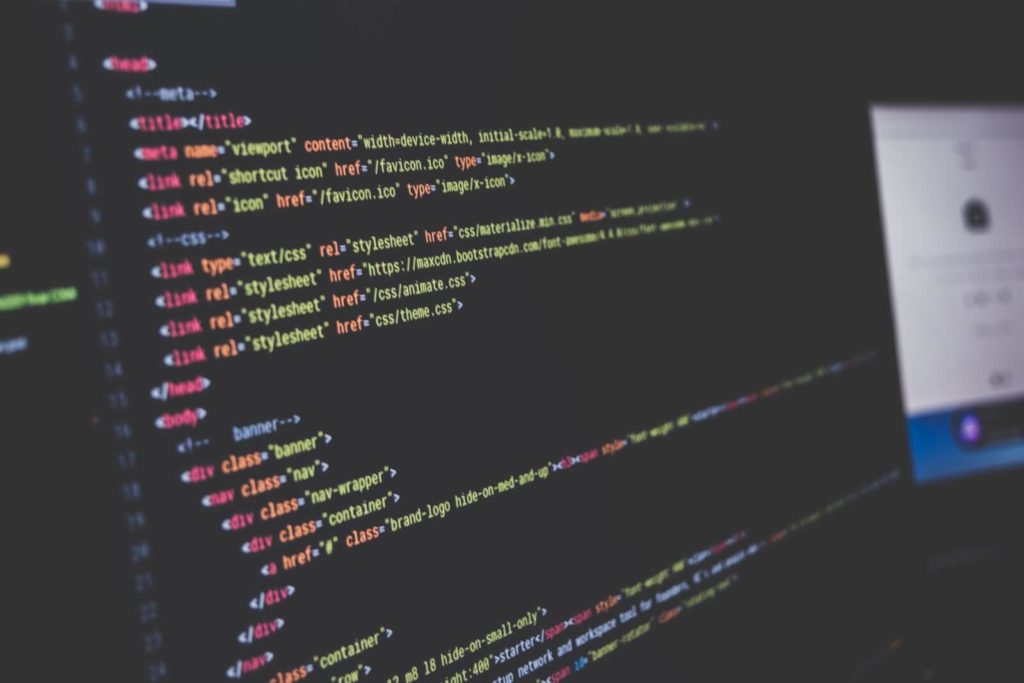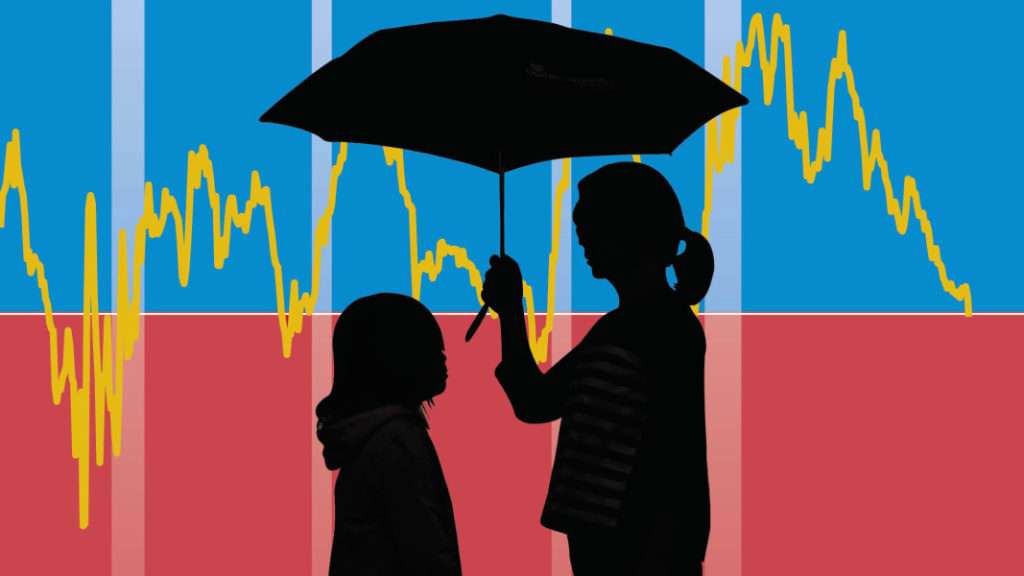Tapering… Another “Fed-ism”, sent to confuse the masses.
If you pay attention to central bank news and in particular that of the US’s Federal Reserve (the Fed) you may have heard reference recently to the term “Tapering”.
Actually, the Fed has a bit of a habit of coming up with terminology which can perplex mere mortals.
So, in this article, I wanted to briefly demystify “Tapering” and also explain what a “Taper Tantrum” is.
Let’s get to it.
A re-cap of quantitative easing
We wrote about QE before – However, to summarise:
- QE is a policy by which the Federal Reserve creates new money.
- That money is then used to buy assets such as US Treasuries (government bonds).
- Doing so pushes up the demand (and price) of those bonds, thus lowering the yield on them.
- This helps to keep interest rates low and so lowers the borrowing cost across the entire economy.
- Lower borrowing costs in theory boost economic activity by encouraging people to consume and businesses to invest.
- In particular, a key impact of QE has been to generally drive up asset prices. So not just bonds, but also stocks, real estate, etc.
Since the Great Financial Crisis, the Fed has used QE as part of its “arsenal” to counteract the effects of downturns. This has not been without controversy.
More recently, as a result of the COVID-19 triggered crash in markets, in March 2020 the Fed cut short-term interest rates to zero. However, in addition, the Fed has been undertaking the largest levels of QE to date. They are currently purchasing $80 billion of US Treasuries and $40 billion of Mortgage-Backed Securities per month.
The chart below shows the associated growth in the Fed’s balance sheet, driven by these asset purchases.

The shaded bits in grey are the crashes in 2008 and 2020 respectively. You can see the spike in the Fed’s balance sheet at both points. The current balance sheet now stands at over $8 trillion.
So, what is “Tapering” then?
Tapering is the act of reducing the rate of QE related asset purchases.
Now, there is a really important distinction to make here.
Tapering is not the opposite of QE (which is Quantitative Tightening). Quantitative Tightening would amount to the Fed selling the assets on its balance sheet and therefore reducing the value of the current $8 trillion.
Tapering means we are still doing QE. We’re just gradually reducing the rate at which we’re doing it.
Jerome Powell (the current Chair of the Fed) has indicated that they wish to start tapering in 2021 and reduce QE in its entirety by the middle of 2022. Whether they manage to successfully do this remains to be seen.
Watch out for another “Taper Tantrum”
Markets and investors tend to like it when central banks pursue more QE as it generally drives up asset prices (as explained above). Therefore when it’s withdrawn they can start to throw their toys out of the pram.
When markets get cold feet as a result of the reduction of QE, this is often referred to as a “Taper Tantrum”.
The most recent example of this was in 2013 when Ben Bernanke (the then Chair of the Fed) indicated that they were considering reducing the volume of assets purchases (i.e. they were going to start tapering).
Markets did not like this and bonds sold off resulting in increased yields. At this point it’s worth noting, tapering had not actually begun. It was just the prospect of tapering that was floated. As a result, it took the Fed a lot longer than anticipated to withdraw the scale of its QE.
How the markets react this time to tapering remains to be seen…
To be fair, the plan has been well telegraphed. And markets, whilst moderately spooked at first, have since continued upwards.
However, whilst I do believe the Fed will start tapering, I remain highly sceptical that they will achieve this as planned.
Whilst we’re here, we may as well mention “Lift-off”
One final Fed-ism whilst we’re on the subject is a term called “Lift-off”.
Lift-off simply refers to the act of raising interest rates after a period of relative lack of change. Why they don’t just simply call this raising rates, I have no idea!
The key point worth making is that tapering does not in itself involve a change to the interest rate set by the Fed. That is a separate decision, though a reduction in QE would typically precede lift-off.


About The Author: FBO Admin
More posts by FBO Admin